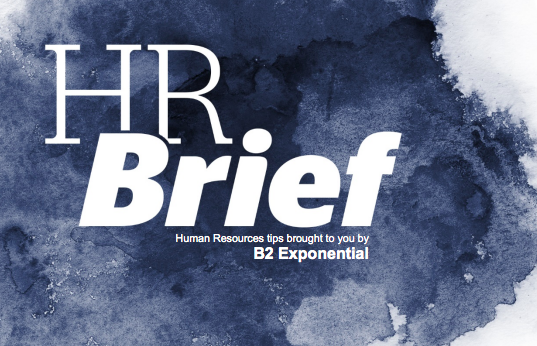Ageism: Are Your Employees Affected?
It turns out 60 percent of older employees feel discriminated against due to their age, according to a report from the Equal Employment Opportunity Commission (EEOC).
However, only 3 percent of those employees say they submitted a formal complaint about age discrimination. The EEOC report says this indicates underreporting of the issue.
What is Ageism?
Ageism is stereotyping and discrimination based on age, according to the World Health Organization (WHO). Much like racism or sexism, ageism takes many forms. In the workplace, this kind of discrimination could mean overlooking older employees for promotions or favoring younger employees’ help on projects.
Impact in the Workplace
In addition to negatively impacting individuals’ careers, the WHO says ageism can affect employee health directly.
Conditions like high blood pressure and anxiety can be caused by age discrimination in the workplace, according to the WHO.
How to Combat It
The first step to countering ageism is examining company culture, according to the EEOC. The EEOC says company culture determines whether employees feel valued.
Another method is simply recognizing ageism and rejecting its stereotypes. For instance, if you find yourself routinely selecting younger workers for tasks, consider including older employees instead.
Unfortunately, there is no clear-cut way to dissolve ageist attitudes, but awareness is a good first step. If you notice these trends among employees or managers, speak up before the issue persists.
DID YOU KNOW?
If you want top talent, you need an attractive company culture, says Gallup. According to its recent study, the top 20 percent of candidates are lured to businesses with quality culture.
This is because engaged employees tend to refer their friends. And, since 71 percent of workers say they use referrals from friends to find jobs, that’s huge.
So think twice before ignoring company culture. It could cost you.
Can’t We All Be Civil?
Google recently announced its new policy on civility in the workplace. The announcement came after workers reported feeling harassed in internal communication forums.
The new guidelines explain what behavior qualifies as harassment and provide clarity on acceptable communication practices.
Employer Takeaway
This situation offers an opportunity to revisit your organization’s own internal communication policies—especially if employees have already reported feeling harassed by co-workers.
However, there is a fine line between setting communication policies and infringing on employees’ other rights.
Speak with B2 Exponential with any questions about toeing this line.

